The internet may feel like the great equalizer—open, borderless, and free. But behind the scenes, its access and governance are far from universal. In fact, the domain landscape is shaped by national borders, politics, and power just as much as by code and connectivity.
Some countries restrict or outright ban specific domains—either to maintain control, protect local industries, enforce morality laws, or simply push their own digital agenda. These restrictions can target:
- Entire TLDs (top-level domains)
- Specific websites or services
- Foreign-owned domain registrars
This isn’t just about technical policy—it’s about ideology, sovereignty, and the push-and-pull between freedom and control in the digital world.
So, which domains are restricted or banned around the globe—and why?
Why Do Countries Restrict Domains?
Before diving into the list, it’s helpful to understand the motivations behind domain bans or restrictions. These usually fall into a few categories:
1. Political Control
Regimes may block or limit domains used by opposition, human rights groups, or foreign media.
2. Cultural and Religious Norms
Domains associated with adult content, gambling, or even dating may be blocked to align with moral or religious laws.
3. Economic Protectionism
Countries may restrict foreign domain registrars or push for local TLD use to protect local markets.
4. Digital Sovereignty
A growing trend, where nations attempt to build independent digital ecosystems, separate from Western-controlled infrastructure.
Notable Cases of Domain Restrictions
Let’s explore some examples of domain censorship and restriction around the world—each with its own cultural or political backdrop.
1. China: The Great Firewall in Full Effect
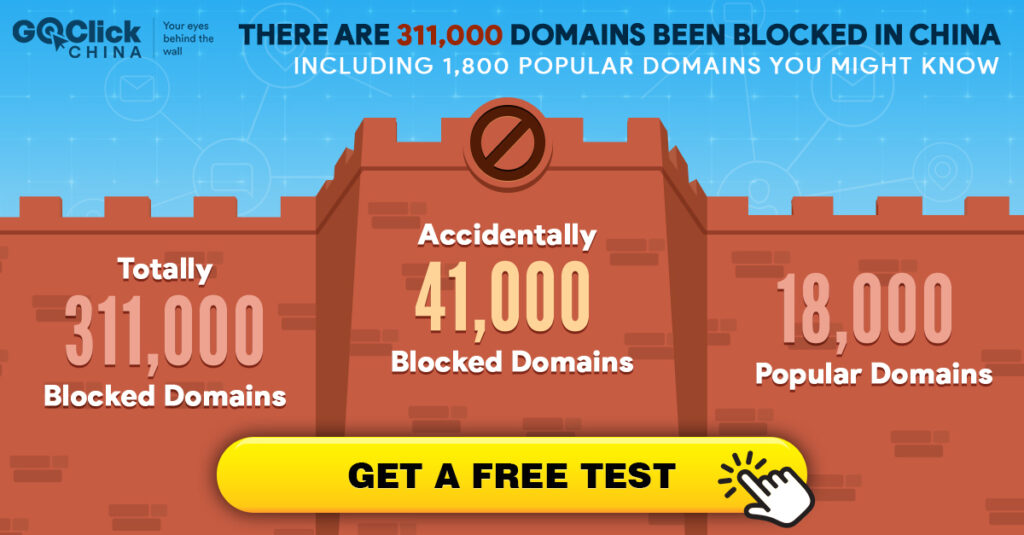
What’s Restricted:
- Domains linked to .org, .info, and foreign news outlets
- VPN services, human rights organizations, religious groups
- Heavily regulated use of
.cn
Why:
China operates one of the most sophisticated censorship systems in the world—The Great Firewall. Domain restrictions are a tool for:
- Controlling information flow
- Preventing dissent
- Promoting national services over foreign alternatives (e.g., Baidu vs Google)
.cn domains are carefully monitored, and foreign registrants face strict barriers.
2. Russia: Controlling the Narrative

What’s Restricted:
- Domains hosting content deemed “extremist,” “LGBTQ+ propaganda,” or “anti-government”
- Ukrainian, EU, and independent news outlets
- Increasingly, foreign social media platforms
Why:
Russia has tightened internet laws in recent years under the guise of “digital sovereignty.” Domain restrictions are part of its effort to:
- Promote pro-Kremlin narratives
- Suppress opposition media
- Isolate the Russian internet (Runet)
Since 2022, even .com and .org domains tied to certain NGOs have been banned.
3. Iran: Religious Law Meets Cyber Control

What’s Restricted:
- Domains related to dating, adult content, Western media
- Social platforms like YouTube, Facebook, and Twitter
- Many .com or .io startups and Western SaaS tools
Why:
Iran’s domain restrictions stem from both religious codes and national security concerns. The government promotes the use of .ir domains and tries to isolate the Iranian web with homegrown apps and platforms.
Even a seemingly innocuous domain like a dating site or a VPN tool may get blacklisted in Iran.
4. India: Blocking by Court Orders
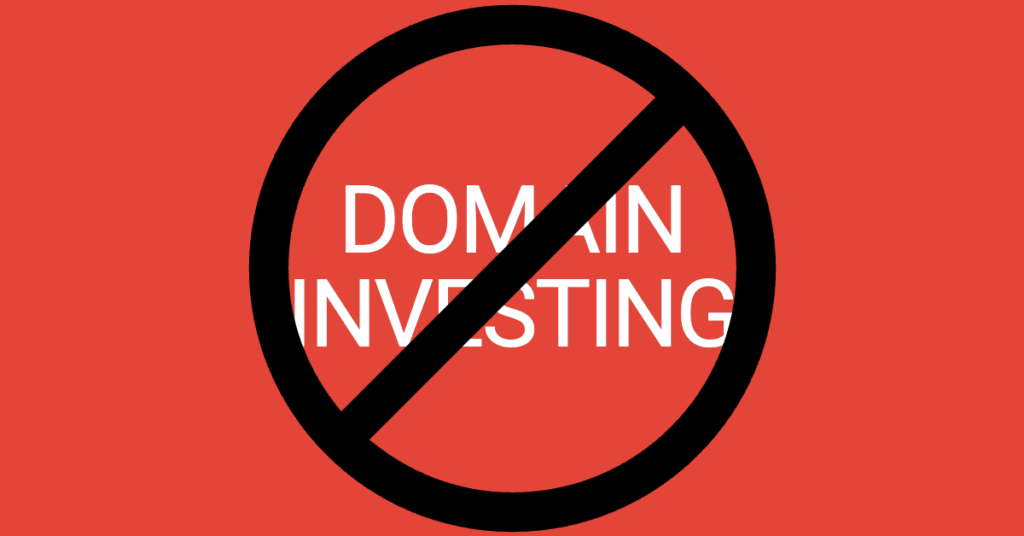
What’s Restricted:
- Torrent and piracy-related domains (e.g., .to, .cz, .ph)
- Adult content domains
- Chinese-origin domains during geopolitical tensions
Why:
India tends to block domains reactively, often after court orders or due to moral/political pressures. For example:
- Domains like
thepiratebay.organdkickass.tohave long been inaccessible - In 2020, dozens of Chinese apps and domains were banned over border tensions
India also limits some domain access during sensitive political periods like elections or civil unrest.
5. Saudi Arabia: Strict Moral Code Enforcement
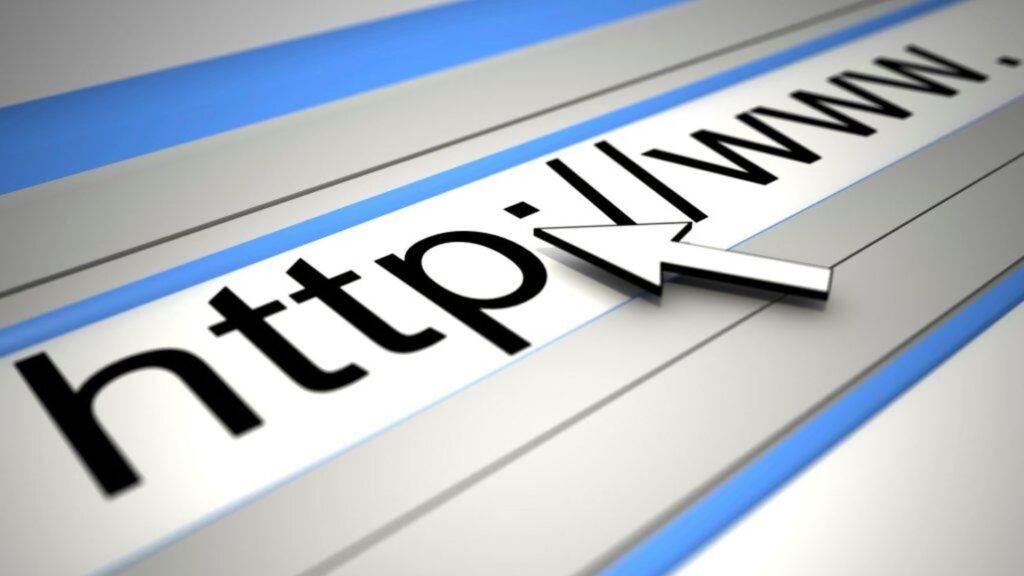
What’s Restricted:
- Adult domains like
.xxx, escort services, and dating sites - LGBTQ+ advocacy domains
- Political opposition groups
Why:
Saudi Arabia enforces Sharia-based digital content policies, including heavy monitoring of domain use. Any site that challenges religious or political authority, or promotes “immorality,” risks being blocked.
Many international platforms face partial or total restrictions.
6. North Korea: Only .kp Allowed—Barely
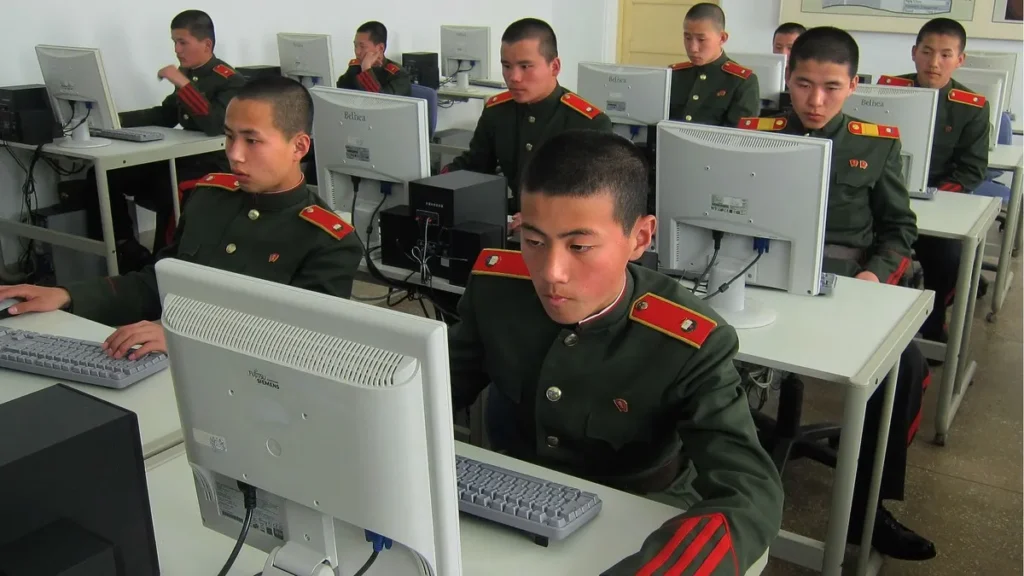
What’s Restricted:
- Everything except .kp and pre-approved state-run sites
Why:
North Korea has one of the most locked-down digital environments in the world. Internet access itself is restricted to elites and government staff, and the only visible domains are propaganda sites hosted under .kp.
Foreign domains are not just banned—they’re completely invisible to everyday North Koreans.
7. Turkey: Domain Blackouts and Temporary Bans

What’s Restricted:
- Domains hosting anti-government rhetoric or news (e.g., Wikipedia.org, previously banned for years)
- Social media-linked domains during protests or national crises
- Kurdish political sites
Why:
Turkey often invokes “national security” or “fake news” laws to justify domain bans. These can be:
- Temporary blackouts during political unrest
- Long-term blocks on dissenting voices
Turkey also pushed local domain hosting rules that make it harder for international platforms to operate.
8. United Arab Emirates: Digital Decorum
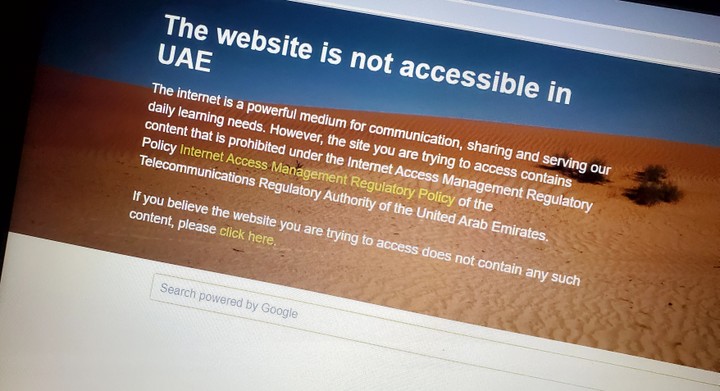
What’s Restricted:
- Domains linked to VoIP tools (Skype, WhatsApp calling)
- Pornographic and gambling domains
- Some LGBTQ+ and secular education platforms
Why:
The UAE aims to maintain a “clean internet” while promoting its own services. Domains not aligned with Islamic values or national interest may be geo-blocked or throttled.
The line between censorship and commercial protection is often blurry.
Emerging Trends in Domain-Based Censorship
As technology and geopolitics evolve, so do the tactics governments use to control domain access:
1. DNS Manipulation
Altering or poisoning DNS records to make domains unreachable, often without public notice.
2. TLD-Level Blocking
Countries may block entire TLDs (e.g., .xyz, .club, .top) if heavily used for spam, adult content, or opposition platforms.
3. National Registrars
Some governments require local registration and hosting to monitor domains more easily—think .cn, .ru, or .ir.
4. Data Localization Laws
Mandates that domains (especially under local ccTLDs) host data within national borders, allowing tighter control.
Is This the Fragmentation of the Internet?
These domain bans and restrictions raise a serious question:
Are we watching the internet split into national bubbles?
- China has its own “clean” web, search engine (Baidu), and social networks (WeChat, Weibo).
- Russia is experimenting with a sovereign “Runet.”
- Iran runs its own national intranet, separate from the global web.
The dream of a free, global internet is increasingly under pressure from national firewalls, ideological filters, and digital nationalism.
Final Thoughts: The Domain as a Digital Border
At its core, a domain name is just a path—a way to find information, people, or ideas. But when governments restrict, censor, or block domains, they’re drawing borders on the digital map.
Those borders may be invisible to outsiders, but for millions of users, they’re real.
So next time you can’t access a site from a certain country, remember: it’s not just a server issue. It might be a story of control, resistance, or cultural tension—all written in the language of the web.



